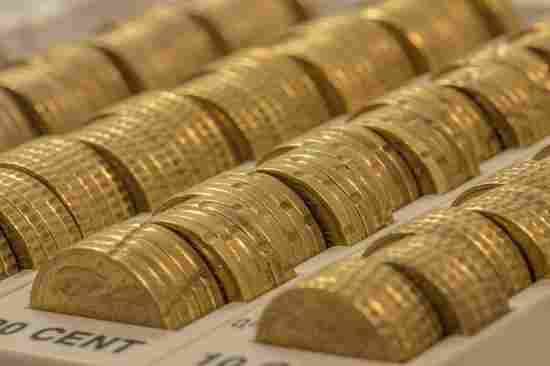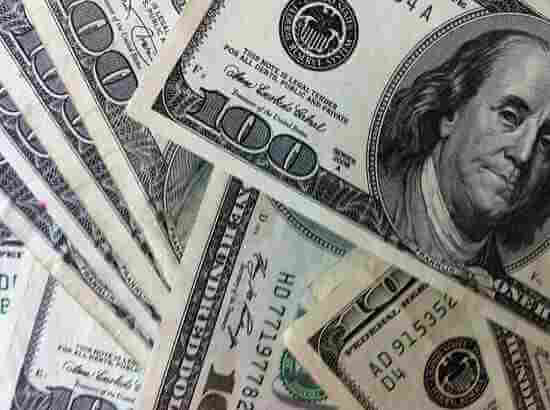Blog
What is the Gold Standard?
Why the gold standard came into practice
Countries introduced fiat money as a representative currency. Fiat money is paper notes or coins made of base metals. It has no value on its own, but only has representative value in a country’s economy because the government upholds its value. Infact, the first use of fiat money is recorded in China in the year 1000 AD. The adoption of the gold standard meant that the paper money issued by a country was commensurate in value to the gold reserves held by that country’s government. Between 1821 and 1900, most major economies across the world adopted the gold standard.
Gold provides common ground
The gold standard ensured that the money supply of a country’s economy was linked to gold. Of course, gold was chosen simply due to its universal acceptance by merchants from all countries. By linking paper money and coins to the gold standard, governments, traders, merchants and businesses were expected to honour the representative currencies in paper and coin form. This also meant that countries couldn’t just print up as many notes as they wished. Under the gold standard, the paper money could be converted into gold on demand by an individual. This meant that countries had to maintain a certain parity to their gold reserves when printing currency notes.


How the gold standard worked
Under the gold standard, countries had to have a minimum legal ratio of fiat money to gold held by the country’s central bank. Of course, as countries traded with each other and global trade flourished, international balance of payments differences had to be paid in gold. This simply meant that the countries which had a surplus in their balance of payments would receive more gold coming into the country and their reserves would increase and the country would get richer. Likewise, a balance of payments deficit meant that the country would experience an outflow of gold, thus depleting its gold reserves. This would, in turn, make the country more competitive as it was a cheaper economy to buy from. The converse would be true for the stronger economies with a balance of payments surplus
But that’s not the whole story….
The actual mechanism, however, was more complex.
The bank lending rate at which the central banks would lend money to commercial banks influenced the interest rate prevalent in the market. If interest rates rose, borrowing became more expensive across the country and this would in turn greatly reduce domestic demand. So, the prices of goods and services became cheaper on the back of dwindling demand. This would, in turn, have a domino effect on everything and the country would become cheaper and more competitive and gear the economy to become a net exporter. In addition to this, higher interest rates attracted investors from abroad, keen to take advantage of the higher rates. This would improve the capital reserves of the economy, allowing greater investments in infrastructure and manufacturing facilities, once again pushing the country forward to become a major exporter.


The end of the gold standard
Under the classical gold standard, the central banks of nations around the world had a couple of important monetary duties. They had to support the fiat currency in circulation by maintaining the convertibility parity to gold at a fixed price and uphold the exchange rate. In the event of a balance of payments surplus or deficit, which could frequently be the case, they also had to wear the gatekeeper hat and hasten the adjustment process in order to stabilise the situation.


Politics played its part
The classical gold standard was in fact greatly affected by the political situation towards the end of the 19th century. Infact it existed from 1870 until the beginning of World War I, which was triggered by the assassination of Archduke Franz Ferdinand in 1914. The 19th century was, in fact, a time of great political upheaval across Europe, and even in 1870, there was the Prussian war to contend with. At the time the money in circulation was spread out over gold, silver and copper coins, as well as bank notes. The UK was on a gold standard, along with other British colonies. Germany, Sweden, USA, France, Belgium, Italy, Switzerland, and the Netherlands all joined the gold standard post-1870. They were followed by other nations like Austria-Hungary, Japan and Russia. In many cases, some of these nations were on a bimetallic standard, using parity to both silver and gold.
However, this was partly dependent on the supply of gold and silver, which had to be mined. Countries that were blessed with abundant gold deposits and mined it efficiently would have an undue advantage in the gold standard years. So, as we can see, there were a number of factors on which the gold standard was dependent. The depletion of gold reserves during the two wars and the 1930s Great Depression put the last nail in the coffin for the gold standard. In fact, it was observed that the nations who left the standard earlier, also recovered earlier from the depression.
Call our expert investment team to find out more about how to make the right gold investments
While the gold standard may be long gone, gold is still one of the best asset classes to invest in and attracts thousands of investors each year. At Physical Gold, our expert investment team can guide you on how to make those investments. Call us now on 020 7060 9992 or contact us by email to speak to a member of our team.
Image credits: CCO Public Domain and Philip Taylor



